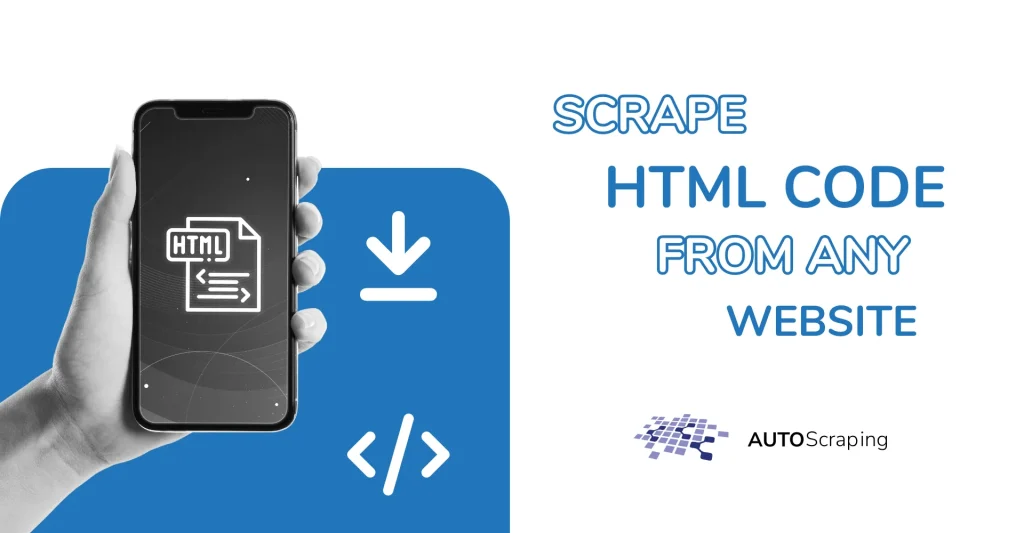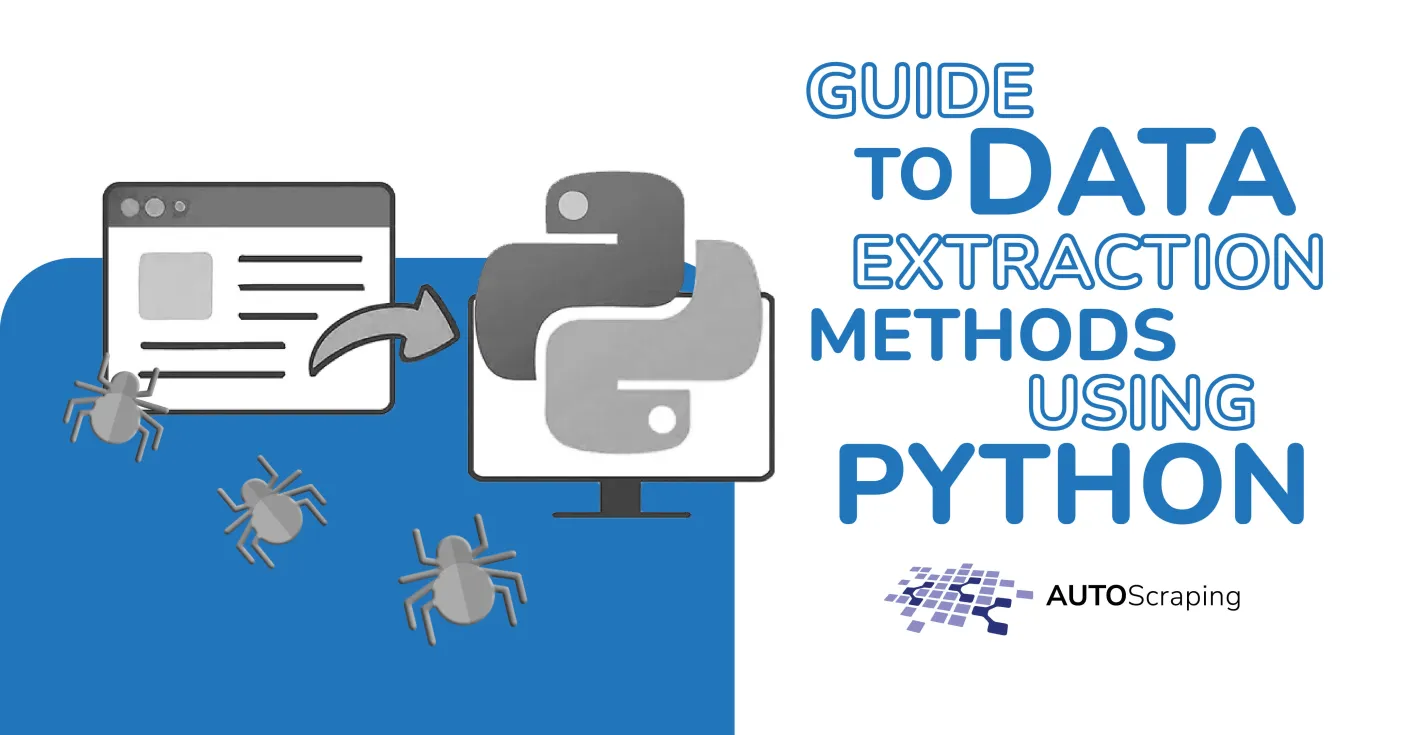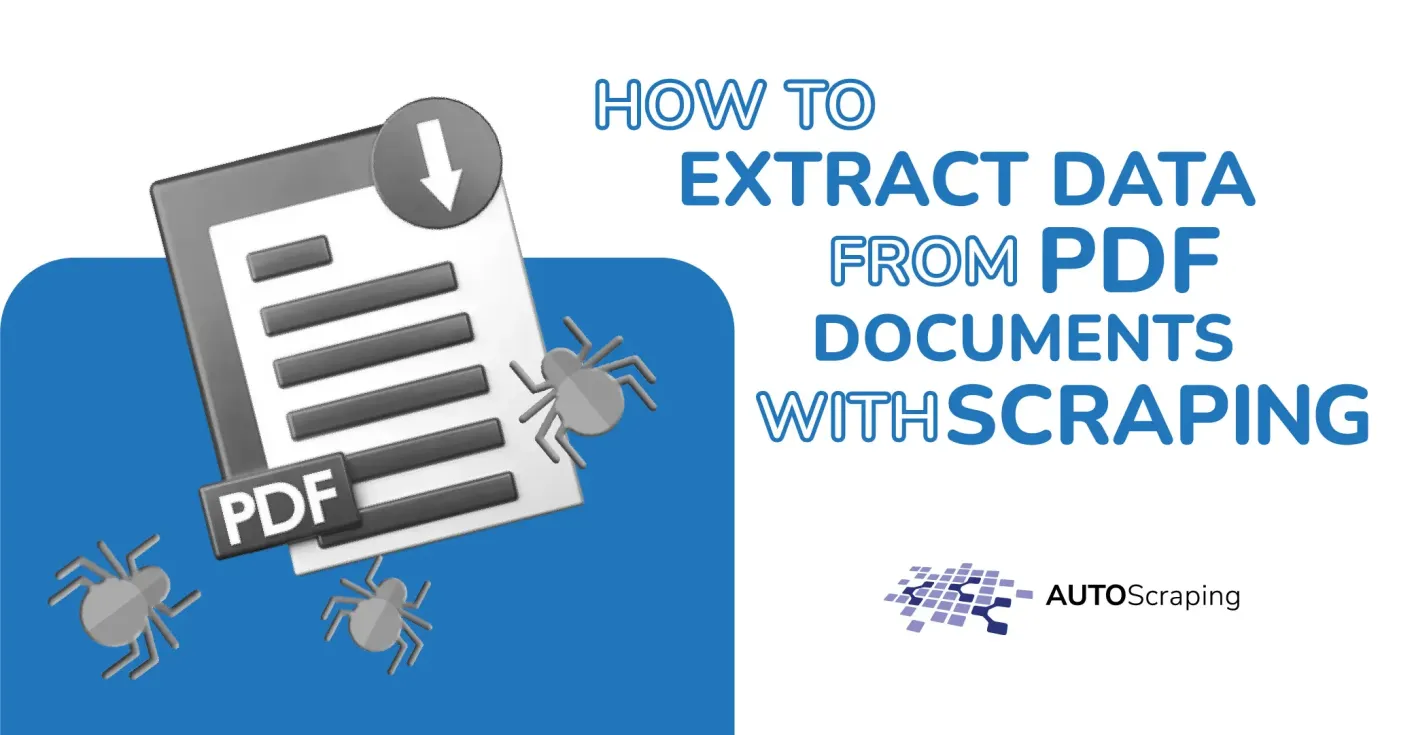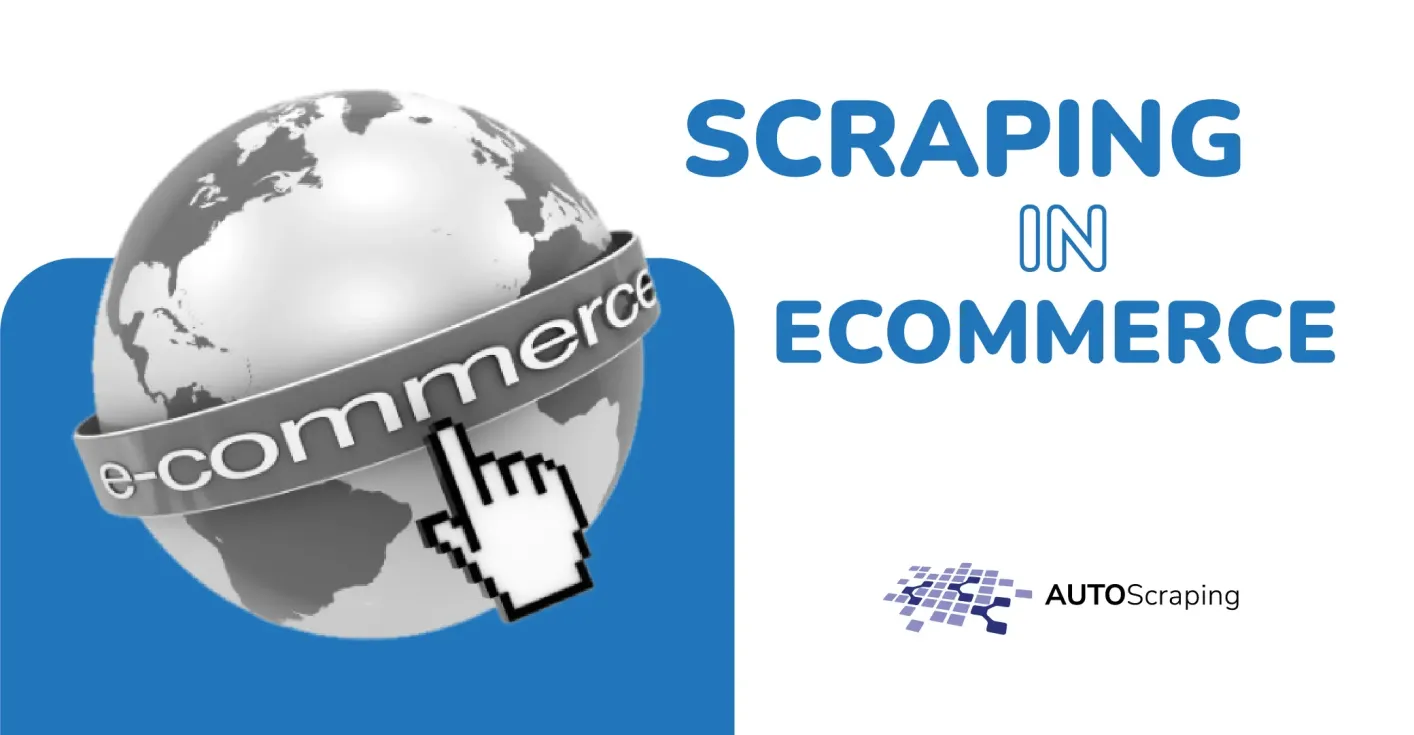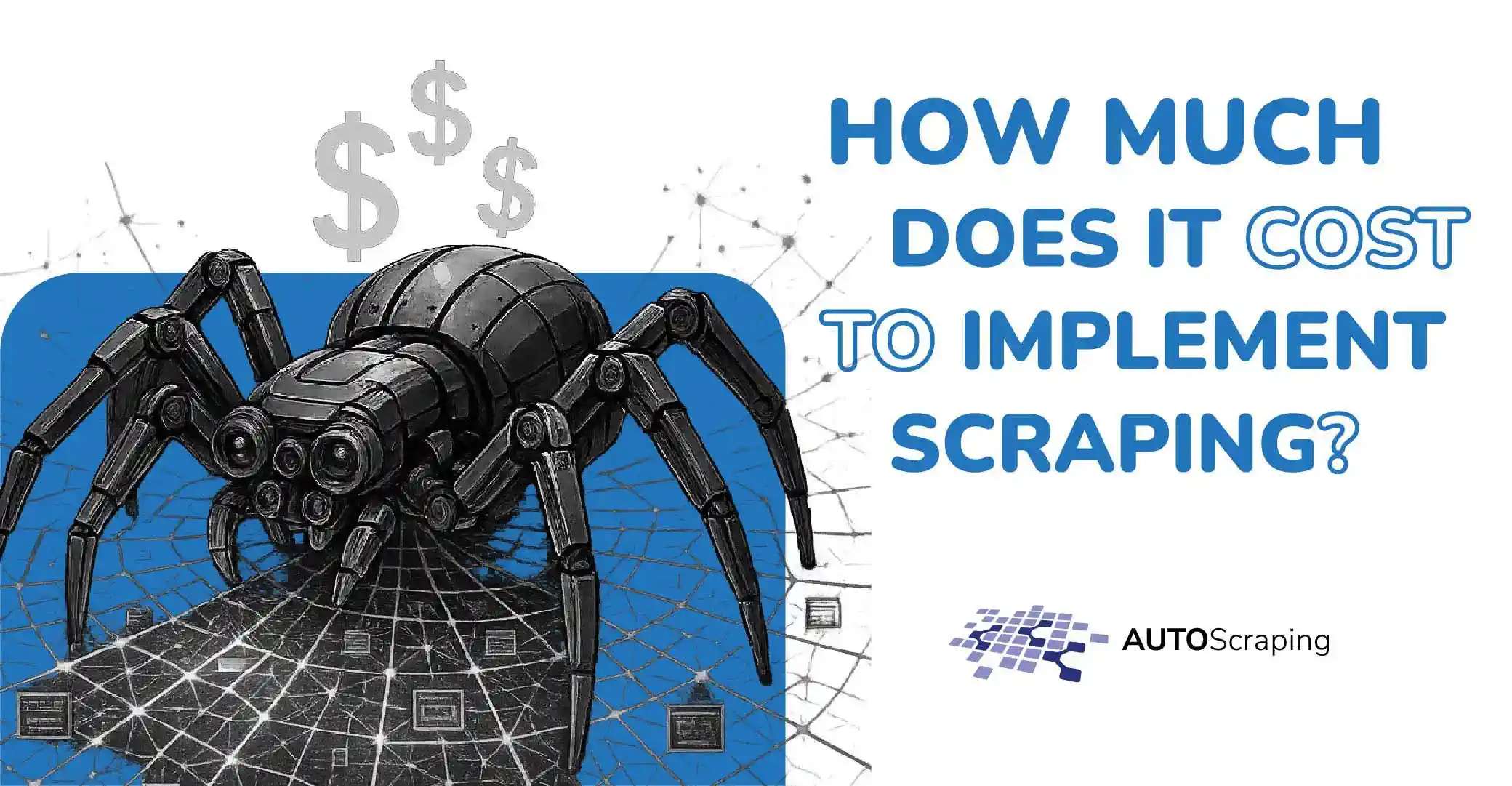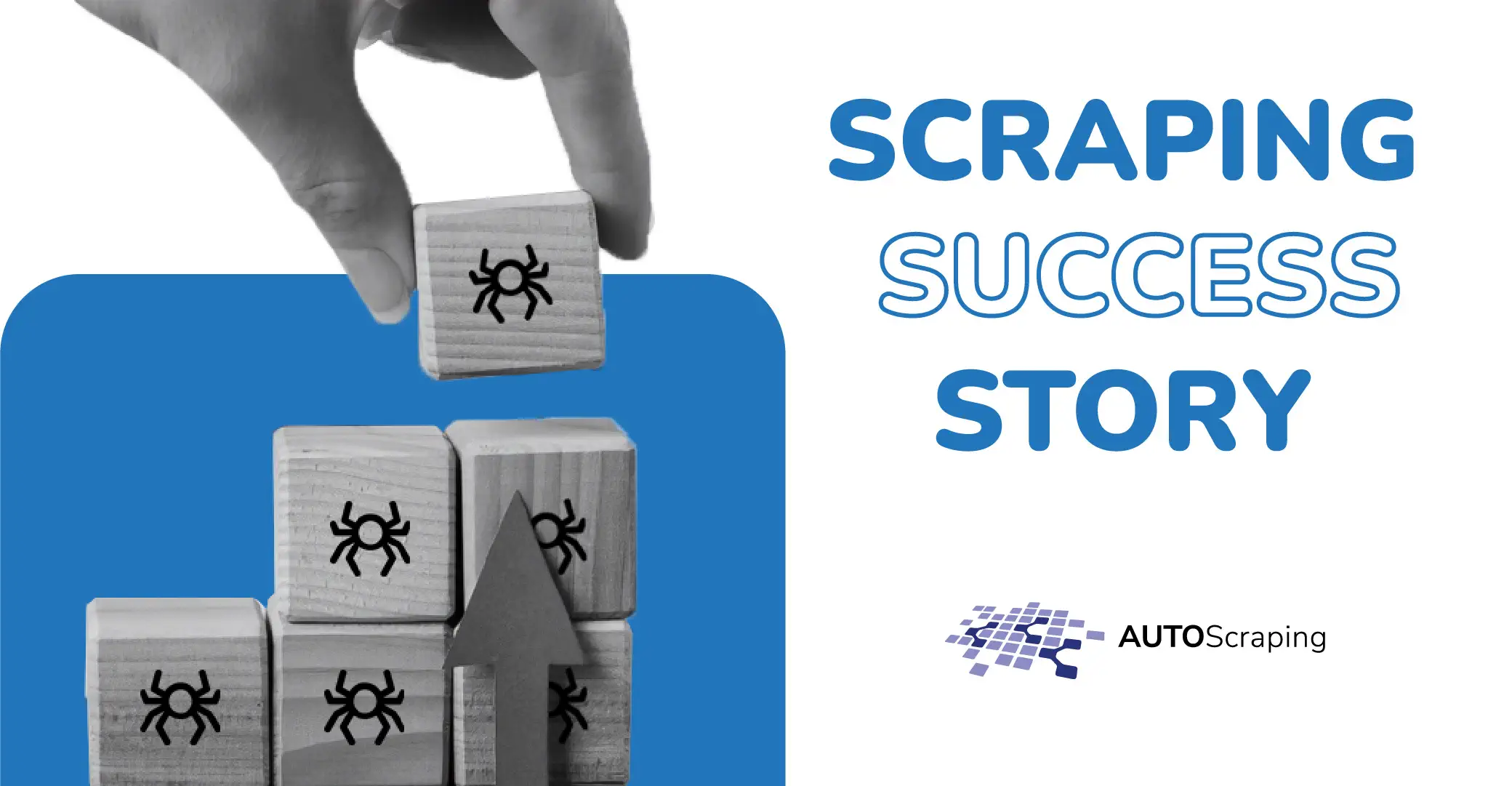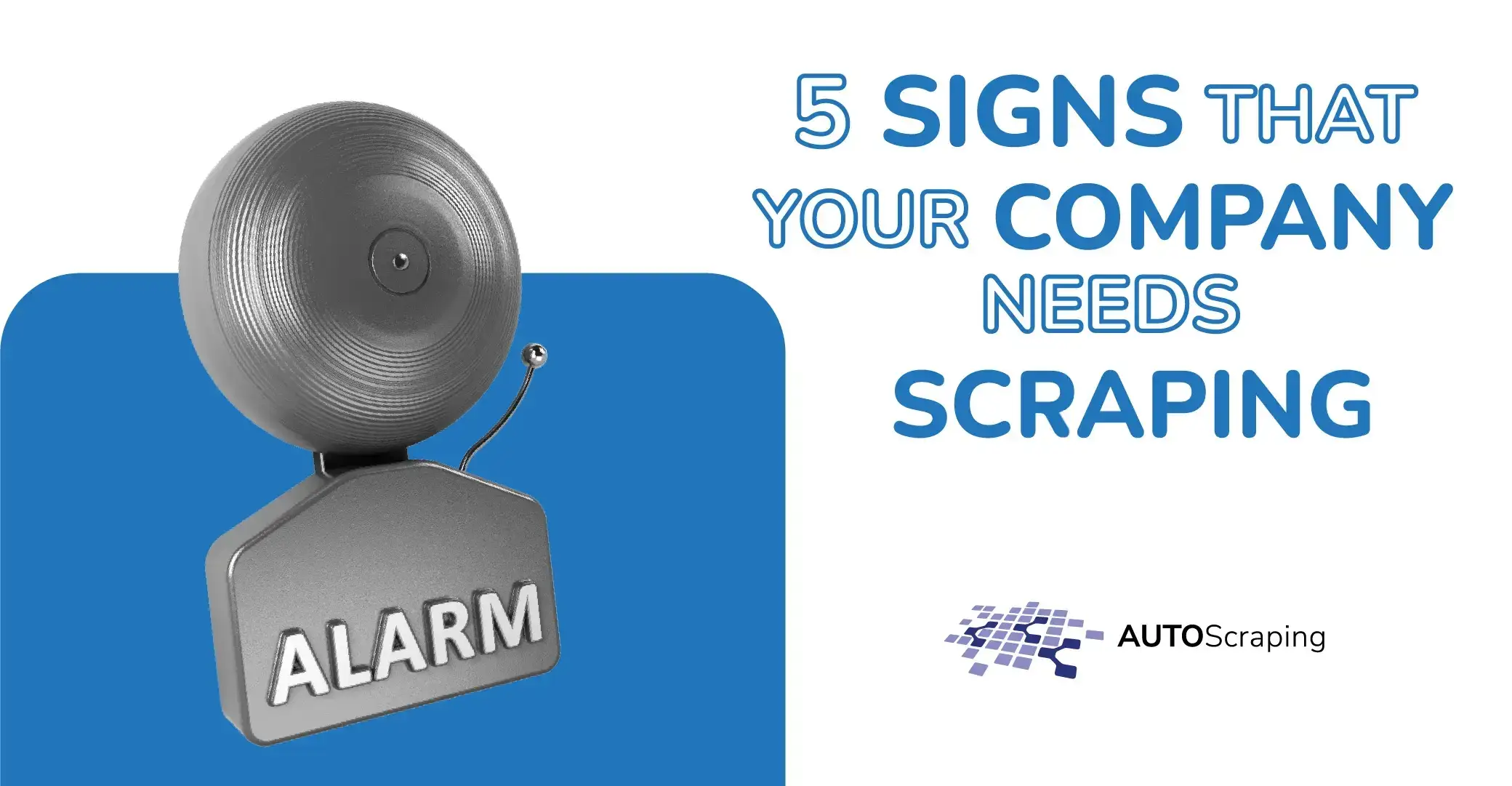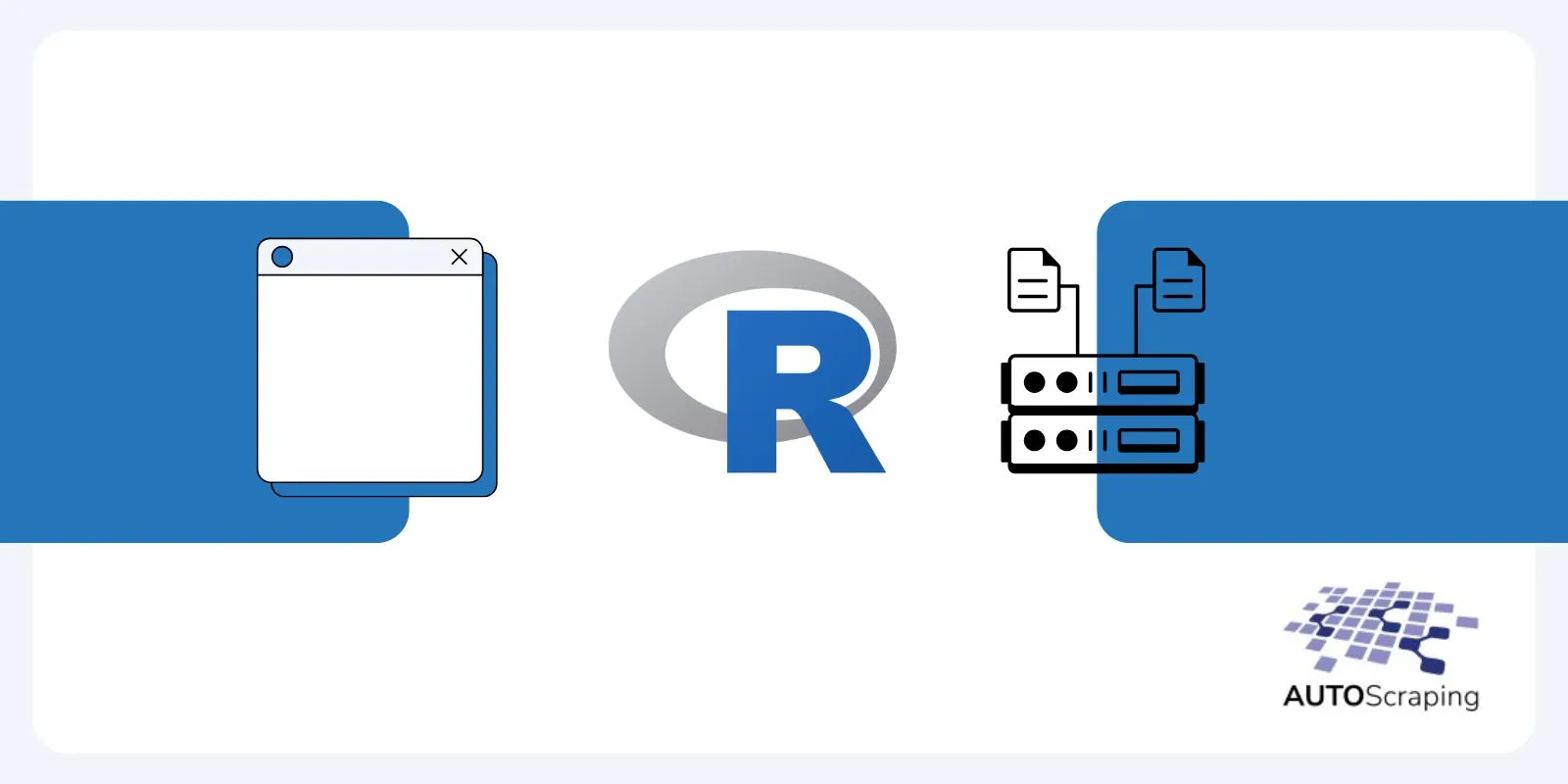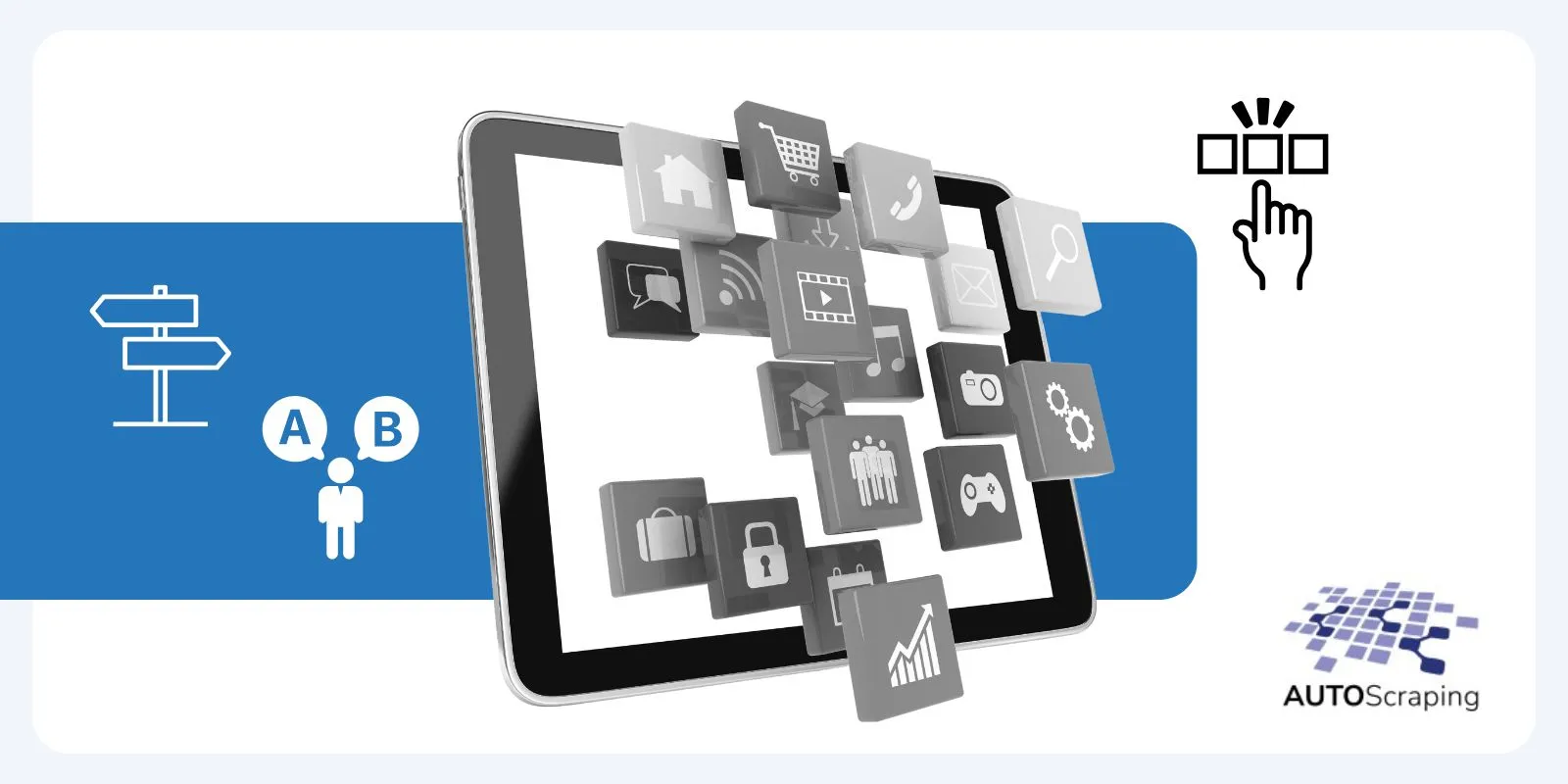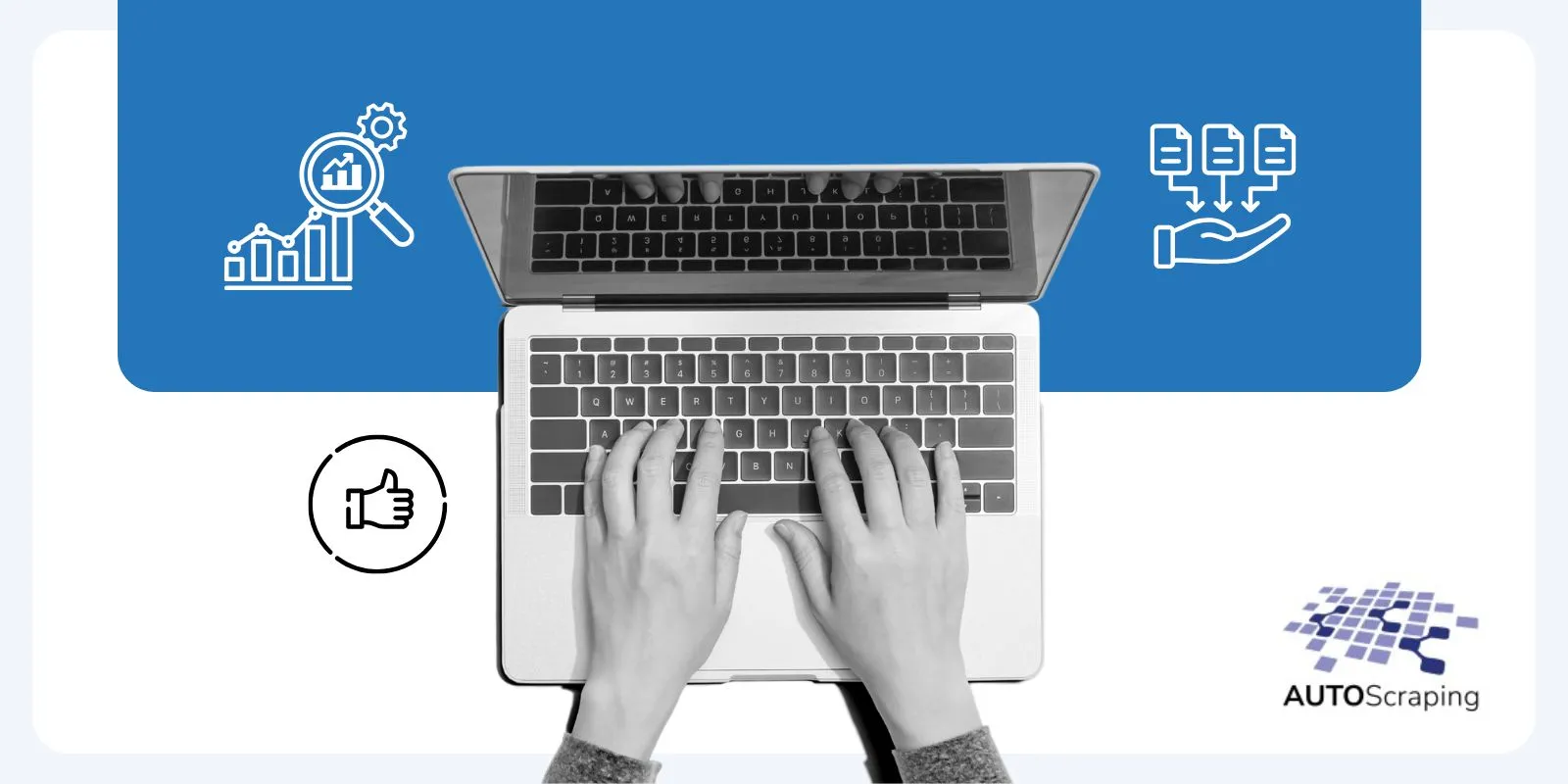The step by step process to legally extract HTML code from any website
In the vast landscape of web scraping, one of the most fundamental yet powerful techniques is HTML scraping. This method allows you to access the underlying structure of web pages, extract HTML code, and unlock a wealth of information from any website. In this blog post, we’ll delve into the world of HTML scraping, guiding you through harvesting HTML data from websites for various purposes.
The Essence of HTML Scraping
Before we embark on our journey into HTML scraping, let’s understand why it’s such a crucial and versatile technique:
1. Access to Raw Data:
- HTML scraping grants you access to the raw data that forms the foundation of a web page. This means you can retrieve text, images, links, and more directly from the source code.
2. Data Analysis:
- HTML scraping is the first step in performing data analysis or mining on web content. By extracting HTML code, you can process and analyze data to derive valuable insights.
3. Data Extraction:
- HTML scraping is not just about analyzing data; it allows you to extract specific information from websites. Whether product prices, news headlines, or contact details, HTML scraping provides a way to gather targeted data.
The HTML Scraping Process
Now, let’s explore the step-by-step process of scraping HTML code from any website:
Step 1: Choose Your Tools
- To begin HTML scraping, you’ll need programming knowledge and suitable tools. Python is popular due to its libraries, such as Requests and Beautiful Soup, which simplify the scraping process.
Step 2: Send an HTTP Request
- Use the Requests library to send an HTTP GET request to the website URL you want to scrape. This request retrieves the HTML content of the web page.
Step 3: Parse the HTML
- Once you have the HTML content, parse it using a library like Beautiful Soup. This allows you to navigate the HTML structure and locate specific elements.
Step 4: Locate Target Elements
- Identify the HTML elements you want to scrape. This can be headings, paragraphs, links, images, or any other data embedded in the HTML code.
Step 5: Extract Data
- Use Beautiful Soup’s methods to extract data from the selected HTML elements. You can extract text, attributes, or even entire sections of HTML code.
Step 6: Store or Process Data
- Depending on your goals, you can store the scraped data in a file or a database or process it further for analysis, visualization, or integration into other applications.
Ethical Considerations
As we explained in more detail in our blog post, Is Web Scraping legal? The short answer is yes, but always follow the website’s rules.
HTML scraping is the gateway to unlocking the wealth of information hidden within web pages. With the right tools and techniques, you can extract HTML code and data from any website, opening doors to analysis, insights, and automation. Whether you’re a researcher, developer, or data enthusiast, HTML scraping is a valuable skill that can empower you to harness the web’s vast knowledge.
In the vast landscape of web scraping, one of the most fundamental yet powerful techniques is HTML scraping. This method allows you to access the underlying structure of web pages, extract HTML code, and unlock a wealth of information from any website. In this blog post, we’ll delve into the world of HTML scraping, guiding you through harvesting HTML data from websites for various purposes.
The Essence of HTML Scraping
Before we embark on our journey into HTML scraping, let’s understand why it’s such a crucial and versatile technique:
1. Access to Raw Data:
- HTML scraping grants you access to the raw data that forms the foundation of a web page. This means you can retrieve text, images, links, and more directly from the source code.
2. Data Analysis:
- HTML scraping is the first step in performing data analysis or mining on web content. By extracting HTML code, you can process and analyze data to derive valuable insights.
3. Data Extraction:
- HTML scraping is not just about analyzing data; it allows you to extract specific information from websites. Whether it’s product prices, news headlines, or contact details, HTML scraping provides a way to gather targeted data.
The HTML Scraping Process
Now, let’s explore the step-by-step process of scraping HTML code from any website:
Step 1: Choose Your Tools
- To begin HTML scraping, you’ll need programming knowledge and suitable tools. Python is popular due to its libraries, such as Requests and Beautiful Soup, which simplify the scraping process.
Step 2: Send an HTTP Request
- Use the Requests library to send an HTTP GET request to the website URL you want to scrape. This request retrieves the HTML content of the web page.
Step 3: Parse the HTML
- Once you have the HTML content, parse it using a library like Beautiful Soup. This allows you to navigate the HTML structure and locate specific elements.
Step 4: Locate Target Elements
- Identify the HTML elements you want to scrape. This can be headings, paragraphs, links, images, or any other data embedded in the HTML code.
Step 5: Extract Data
- Use Beautiful Soup’s methods to extract data from the selected HTML elements. You can extract text, attributes, or even entire sections of HTML code.
Step 6: Store or Process Data
- Depending on your goals, you can store the scraped data in a file or a database or process it further for analysis, visualization, or integration into other applications.
Ethical Considerations
As we explained in more detail in our blog post, Is Web Scraping legal? The short answer is yes, but always follow the website’s rules.
Conclusion
HTML scraping is the gateway to unlocking the wealth of information hidden within web pages. With the right tools and techniques, you can extract HTML code and data from any website, opening doors to analysis, insights, and automation. Whether you’re a researcher, developer, or data enthusiast, HTML scraping is a valuable skill that can empower you to harness the web’s vast knowledge. So, dive into the world of HTML scraping and start exploring the web’s hidden treasures today!

